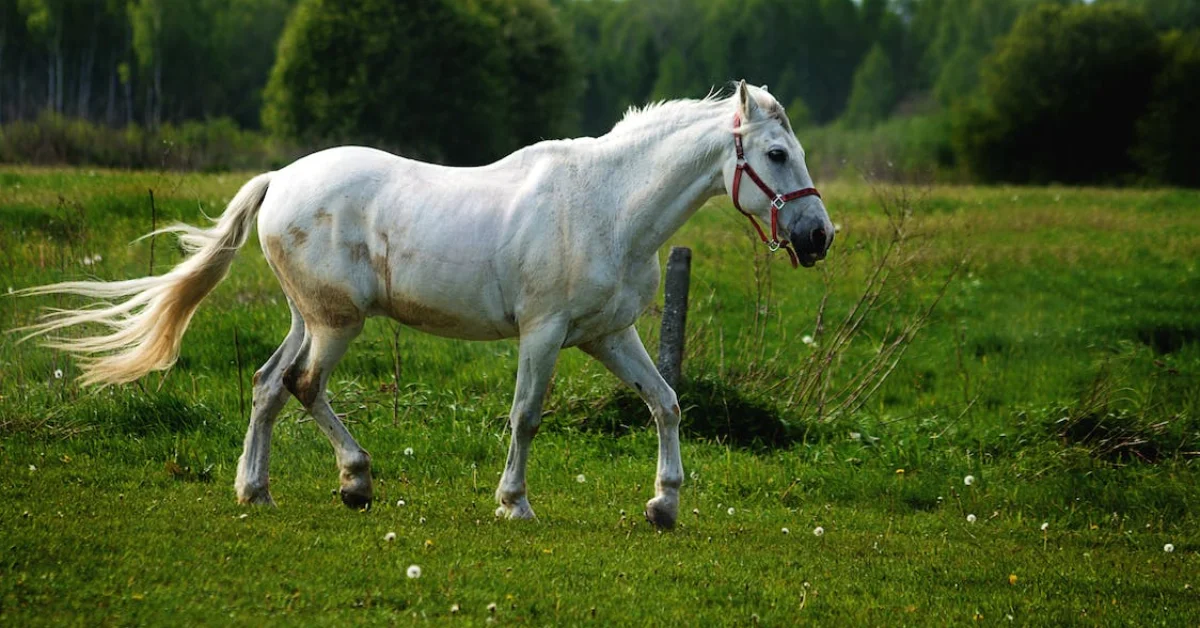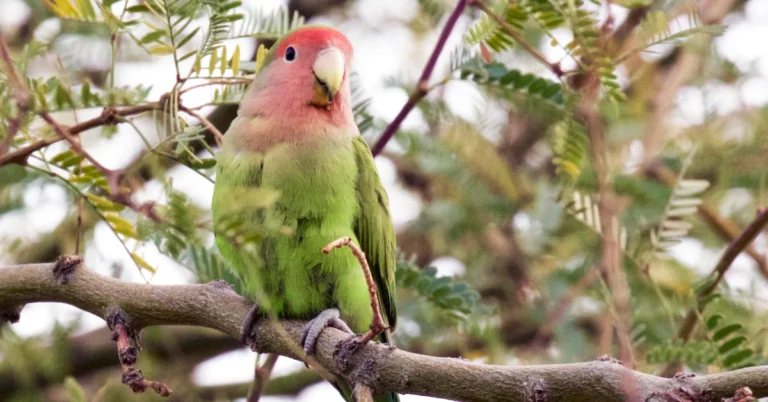Few sights evoke the timeless allure of horses more profoundly than witnessing the ethereal vision of a white horse breeds emerging like a spectral vision through billowing mist. Their crystalline coats shimmered in the sunlight, manes, and tails streaming like liquid ivory satin, white horses entrance beholders across continents with their mystical beauty.
But behind the fairy tale façade lies a diverse array of breeds, each boasting unique histories, characteristics, and temperaments to uncover. Join me as we journey across the globe, from the windswept steppes of Eurasia to North America’s Great Plains to remote regions of India, to encounter 10 magnificent white horse breeds in all their glory. Exploring what distinguishes each variety besides their snowy coats, we’ll discover the origins, attributes, and activities suiting these equine wonders.
Come, let visions of Arabian mystics and warriors on white stallions give way to reality equally compelling. By appreciating the diverse qualities defining these iconic light-colored breeds, we illuminate their enduring grace while building foundations for more enriching human-equine relationships through thoughtful, responsible ownership. Revelation awaits!
The Most 11 Beautiful White Horse Breeds
1. The Akhal-Teke
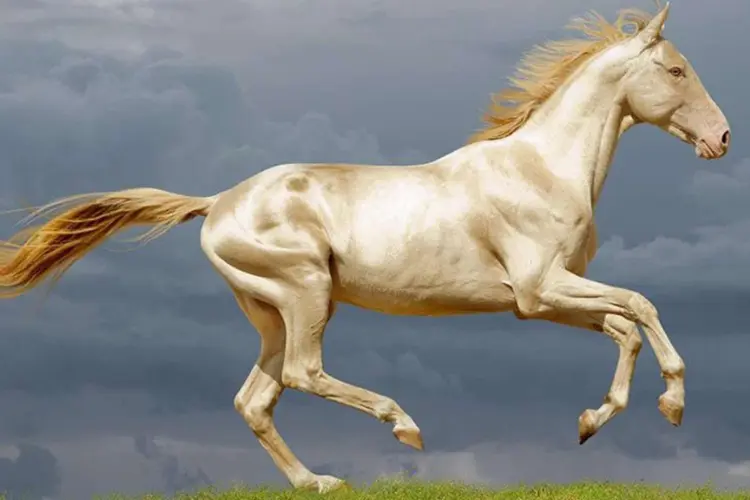
We begin our global expedition in Central Asia’s Karakum Desert, where heat shimmers hint at spectral companions. Here in Turkmenistan, the renowned Akhal-Teke breed inspires legends with its metallic coat radiant as a desert sunrise. Shaped by the harshest conditions over thousands of years, the Akhal-Teke displays supernatural resilience alongside a fiery temperament.
Meaning “golden horse” in Turkic dialects, the Akhal-Teke’s alluring gleam reputedly inspired mythical creatures like Pegasus. Its silken white coat in particular dazzles sun-struck eyes with otherworldly luster. Beneath radiant exteriors, these spirited, intelligent horses exhibit lightning reflexes and impressive stamina ideally suiting endurance competitions across rugged terrain when expertly horse-trained.
To domesticate this powerful animal’s force of will requires profound patience and skill, including various fun facts about horses. Yet for horsemen seeking a magical mount, the journey promises a profound reward in an almost alchemical relationship purified in desert fire.
2. The Andalusian
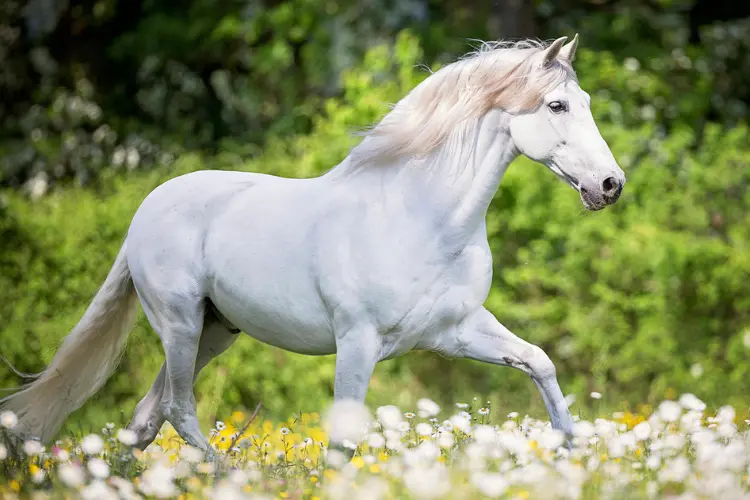
Traveling west to Spain, in the countryside dotted with whitewashed villas like sugar cubes, we discover the distinguished Andalusian horse, including the captivating dapple grey horse. Here on ranches scattered across sun-drenched plains, these elegant steeds display the results of centuries of selective breeding, elevating form and function to high art under iconic institutions like the Carthusian Monastery.
The Andalusian’s brilliance emerges in movement displaying remarkable athleticism with grace presiding over raw power. This marriage of strength and agility explains their stellar performance in equestrian disciplines like dressage demanding both precision and presence.
Their luminously white coats further accentuate the breed’s harmonious proportions, lending an air of nobility befitting regal settings. Valued in warfare, bullfighting, and aristocratic ownership historically, today the Andalusian continues delighting crowds as both a competitive athlete and an impeccable spectacle of living sculpture in motion.
3. The Lipizzaner
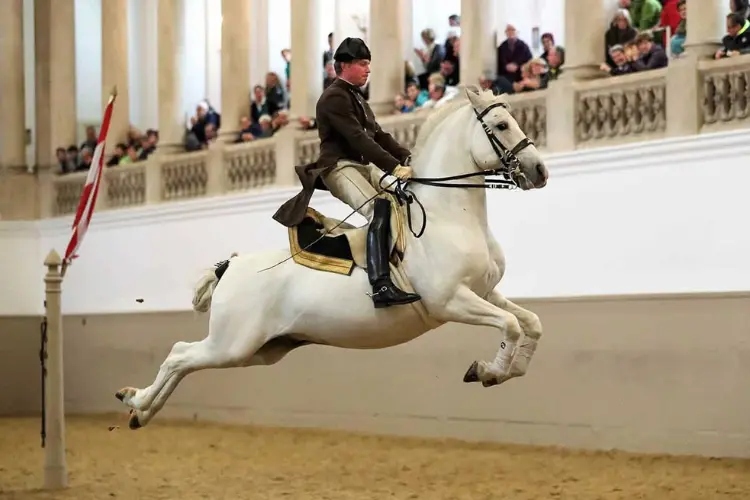
Journeying to Austria, the homeland of majestic mountains and music, we discover the breathtaking Lipizzaner gliding across ridings school rings like magicians of muscle and sinew. Developed under Habsburg Imperial patronage for military needs five centuries back, today the Lipizzaner remains intrinsically linked to the famed Spanish Riding School of Vienna representing equestrian arts at their pinnacle.
Their snowy coats stand out dramatically against indoor schooling arenas as these patients, obedient horses perform intricate maneuvers once used in cavalry maneuvers with precision timing and nimbleness betraying their imposing size. Unlike hot-blooded steeds, the Lipizzaner temperament evolved for tractability and receptivity to nuanced human cues over fiery theatrics.
Watching a rider guide their white mount seamlessly sideways or backward through complex steps synchronized to classical music resplendent in Austrian concert halls, one cannot help but marvel at the profound connection between human and horse culminating in poetry for the senses and soul elevating horse and humankind together basking under stage lights’ adoring gaze.
4. The American White Horse
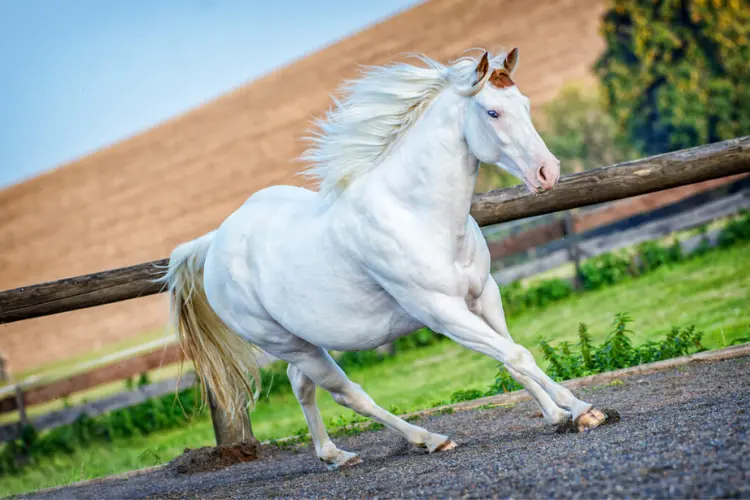
Navigating overseas, we tour the Great Plains of America where ghostly pale steeds contrast lush grasslands feeding hardy breeds long intertwined with human history and culture of western expansion, ranching, and First Nations peoples. On remote Montana farmland, a rare American White Horse frolics through wildflower meadows, its cream coat and flaxen mane bearing testament to resilience and spirit won only through surviving hardship.
Unlike exotic imports groomed for showings, America’s white horse lineages trace back to Colonial Spanish arrivals turned loose on native grasslands. There they multiplied as solitary predators hunted vulnerable escapees. At the same time, climatic extremes challenged their mettle over centuries of upheavals including the Nez Perce people’s epic 1,500-mile flight from US Calvary in 1877 bearing selective breeding fruits for endurance and raw grit rarely matched today.
These American white horses remain as wild and defiant as the landscapes that define them. Often rounded up and sold controversially for slaughter, a lucky few find second lives on farms and sanctuaries as their rich legacy lives on through annual pilgrimages celebrating their symbolic return like prodigal sons and daughters. No stranger to hardship or heartbreak, for those willing to embrace all facets of their story, America’s white horse delivers humble power tempered by sacrifice in a poignant testament to the pioneer heart still beating across amber waves of grain.
5. The Camargue Horse
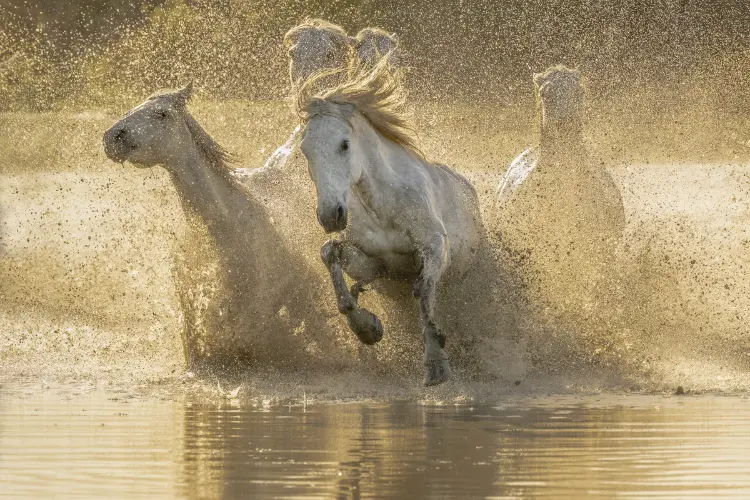
Now winging westward over emerald fields stitched by stone fences unmarred by time or technology, we descend across the Rhone River Delta blanketing wetlands in luminous white haze. Here inhabiting treacherous salt marshes, resides perhaps Europe’s oldest and wildest equine breed isolated on an island guarded by prehistoric instincts warning against easy domestication. The Camargue horse, an emblem of regional pride, persists as a free-roaming relic of lineages predating even the region’s ancient Celtic settlers.
Mystical and untamed as me horses despite a domesticated history of over 3,000 years, Camargue horses fascinate for their rugged resiliency against unforgiving elements and pesky blood-sucking insects. Their distinctive white coats, possibly selected across centuries for camouflage while evading airborne raptors, support overall hardiness and longevity well suited for herding cattle across marshy pastures other horses avoid.
Attempting to ride or handle these spirited steeds demands profound horsemanship and earning trust on their terms. Yet forging relationships with the enduring Camargue horse richly rewards with a profound sense of timeless connection surpassing words unbroken across ages.
6. The Kladruber
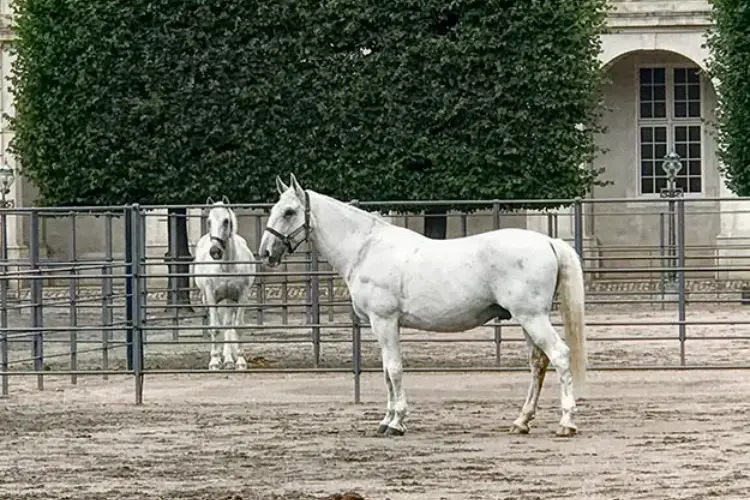
Journeying east into Bohemia’s wooded lake lands crowned by Prague’s fairy-tale spires, we encounter the stately Kladruber horse: an elegant yet imposing breed as comfortable among European royals as medieval jousting festivals. Developed in the Czech region of Kladruby as early as medieval times before achieving national fame under Holy Roman Emperor Rudolf II in the 16th century, the Kladruber’s claim to fame surrounds safeguarding the Bohemian crown jewels, a solemn duty performed with precision and pride for over 400 years!
Impeccably mannered yet powerful in build, this mostly gray horse or white baroque horses carry on traditions of classical dressage when not standing vigilant watch over precious state treasures with trustworthy temperaments. Despite near extinction after the Habsburg Empire’s dissolution, today the Kladruber again secures its place among Europe’s finest ceremonial horses through preservation efforts renewed in national Czech heritage.
For horse lovers valuing equine intelligence molded by history’s weight more than hot-blooded theatrics, the Kladruber’s mix of working horse humbleness enrobed in courtly dignity supplies profound fascination certain to endure future upheavals with unruffled poise.
7. The Marwari
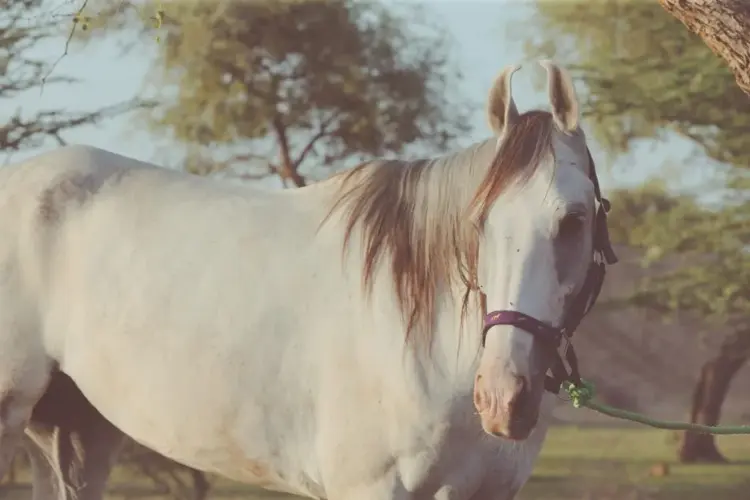
Galloping 7000 kilometers southeast, the arid plains of Rajasthan deliver us into the ancestral realm of India’s prized Marwari horses ridden for centuries by warring desert clans. Sculpted by scorching heat and scarce forage into equine embodiments of hardened warriors, Marwari horses astound with dragon-like finial ears twisting inward to pinpoint sound and exaggerated Arabian features morphing them into creatures of myth.
Valued as sacred symbols of luck and status, Marwari horses expressed their owner’s prestige and identity, even sharing their family names. Considered nearly divine in their utility across warfare, hunting forays, and long trade journeys across merciless Indian deserts, the emotional fortitude and physical stamina of early Marwari horses knew no rival. British officers noted their ability to march incredible distances daily with little rest or feed while remaining fierce and agile into old age – traits now prized in Indian horse shows.
Today efforts preserve the Marwari’s distinct phenotype within its cherished cultural context rousing renewed appreciation for this bold breed once seen as wed to Rajasthani identity itself.
8. The Arabian’s Mystic Appeal
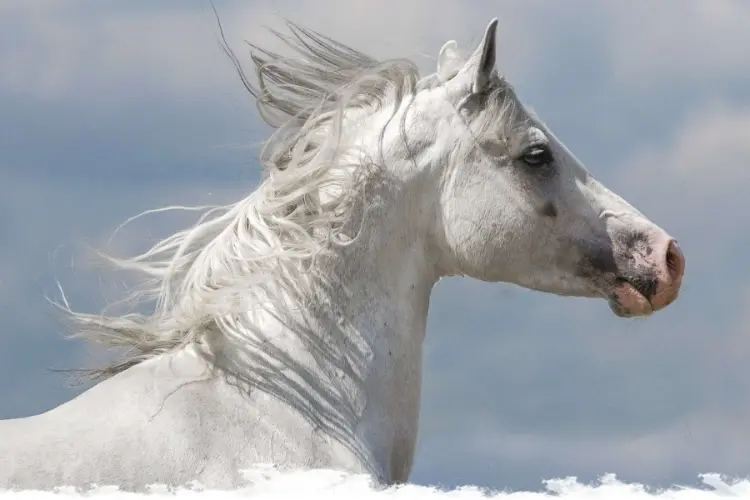
All journeys probing equine origins intersect inevitably somewhere deep in Arabia’s deserts, the habitat of that most coveted and controversial breed igniting dreams: the Arabian horse. Sculpted by adverse conditions over 6,000 years into equine perfection then scattered to stud farms worldwide by crusaders discovering their qualities, Arabian horses retain an unmistakable exotic allure and athletic prowess inspiring passion in owners and envy in competitors to this day.
But beyond the broad breed, pure white Arabians stand apart as the rarest and most mystically vested bloodlines of all, associated with divine horses ridden by immortal warriors and carrying prophets into battle named in the Koran itself. Tracing direct descent in tail female lines from five foundational dam lines, these snowy steeds turn heads even among jaded horsemen while fetching astronomical sums at auction when rarely offered at all.
Representing less than 5% of the global Arabian horse population overall, white Arabians shine like heavenly beacons for collectors seeking that ultimate combination of exotic beauty, athletic talent, and spiritual magic epitomizing the Arabian legend as a whole. For here where poetry was born and every stallion carries the seed of legend roams the incarnation Equus Arabicus manifested in its purest form ready to lift a rider’s destiny.
9. The Shagya Arabian
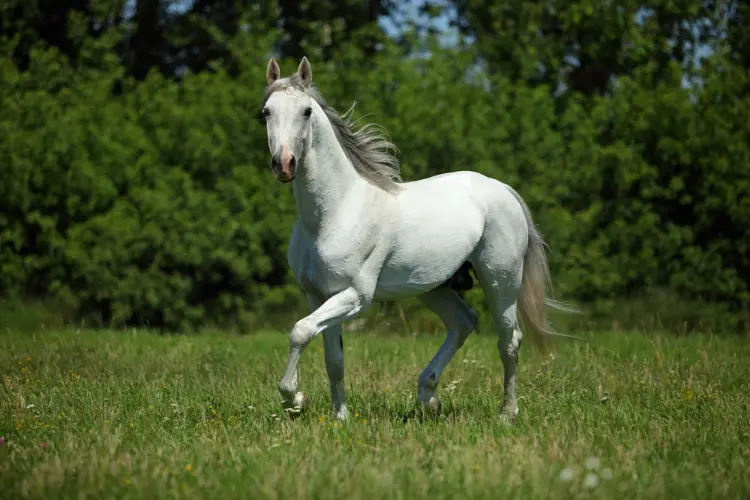
A rare white horse galloping across the European countryside today reveals another star bred for privilege when a flowing silver mane bells each stride betrays noble Shagya Arabian blood favored by royalty for centuries. Developed in 1789 exclusively for Austro-Hungarian nobility by meticulously selecting military horses carrying the most Arabian features and amenable temperaments, the Shagya Arabian arose, deriving its name from the founding stud farm, Mezohegyes Stud in Hungaria.
Almost entirely gray or white owing to prized Arabian stallions, these elegant yet hardy cavalry horses exhibit athletic talent tamed by even temperaments allowing them to thrive in disciplines like combined driving through international competition. Although Shagya breeding aims never centered on coat color, their luminescent livery reflects meticulous breeding elevating both form and function to aristocratic art over generations.
For riders seeking a willing, versatile partner bred to carry crowned heads into history’s battles or competitive show rings, this rare strain of noble white horse delivers excellence mingling exotic sophistication with European preciseness promising adventures limited only by one’s imagination.
10. The Camarillo White Horse
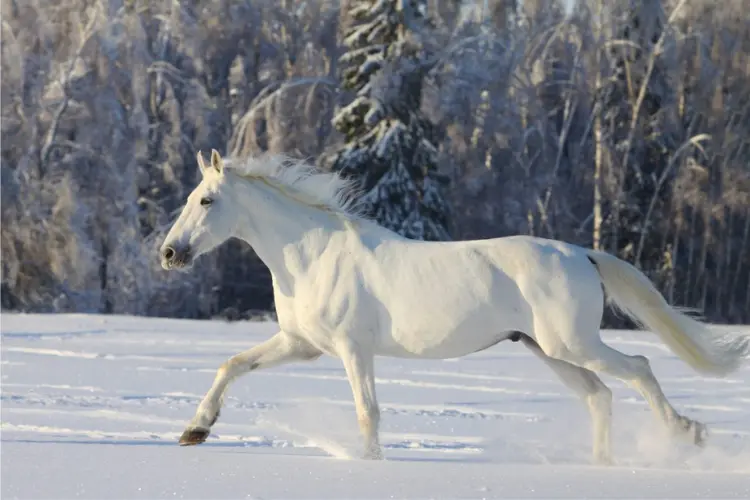
No journey among white horses seems complete without pausing to pay homage to perhaps the most famous individual white horse of all: the legendary Camarillo White Horse called Sultan, patriarch of an entire breed bearing his name and mystique. And few bloodlines better represent the intrinsic link between horse color and perceptions of exclusivity, value, and romanticism.
Here upon the fabled Rancho Camarillo south of Santa Barbara, California, the 20th-century love story between heiress Adolfo Camarillo and her dazzling white stallion takes on proportions of legend, symbolizing dreams made flesh. Although neither the Sultan nor his aristocratic mistress initially gained society’s approval, together they defied convention, creating an exclusive horse breeding enterprise that soon attracted Hollywood’s glamor elite.
The otherworldly white coat shared by the Sultan and his descendants seemed to embody mystical beauty while suggesting exotic origins shrouded in intentional mystery for marketing mystique…So popular was the glamorous vision the couple manifested through exclusive gala shows displaying symmetrical white horses as spectacles, Sultan’s bloodline garnered official breed status in 1981: a fairy tale indeed!
Today Camarillo White horses remain status symbols of Californian equestrian lifestyle where the legacy of Sultan as patriarch translates desire into ivory and gold. But care and feeding expenses often dash buyers’ fantasies, proving white horses don’t stay unblemished without dedication to proper needs – which Sultan himself would doubtlessly confirm!
The Rarest White Breed of All
Few sights quicken conservationist hearts more than witnessing the elegant stride of one of North America’s most precious equine treasures across Oregon’s high desert: an ethereal white Kiger mustang, wild and unblemished as new mountain snow. Thought extinct after stock horses like Appaloosas popularized flashy colors, isolated Kiger mustang herds preserve early Spanish colonial bloodlines in their beautifully bold patterns and coats.
Numbering under 500 worldwide, these rarest wild horses uniquely don cream dilute colors like cremello, pearl, and of course, pure white found almost nowhere else undomesticated. Safeguarded under federal protection within the remote Willow Springs Herd Management Area, only extremely limited breeding opportunities preserve coveted Kiger colors like white.
Among mustang appreciators, no steed surpasses mystique and desirability as the elusive white Kiger mustang, its fairy-tale coat inheriting every romantic Western archetype of freedom, kinship, and mythic powers. Indeed, owning any Kiger Mustang, especially unusual white individuals adopted through federal programs, represents the ultimate equestrian quest where commitment promises not just a living legend but the fulfillment of a lifelong dream.
Final Thoughts
I hope reveling in the splendor of these 10 magnificent yet diverse white horse breeds from around the world spurs deeper appreciation for their centuries-old histories melding utility and beauty. From the heavenly white Arabian to the conquering of Akhal-Teke to North America’s cherished mustangs, humanity’s bond with Equus caballus transcends language or culture through these exquisite creatures inspiring myth and meaning. May we honor their abiding grace through lives secured by responsible, compassionate stewardship repaid in loyalty and love as expansive as the open plains from which they sprang.

